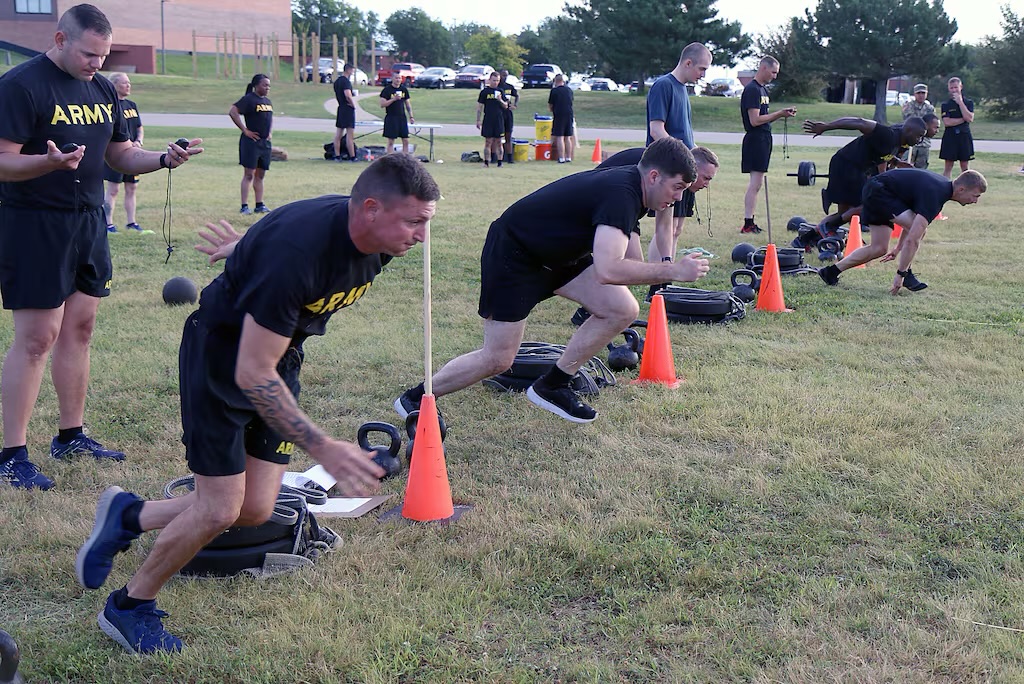**Understanding Soldier Training Publications (STP): A Key to Military Career Advancement**
For soldiers in the U.S. Army, achieving proficiency in their Military Occupational Specialty (MOS) is crucial. Soldier Training Publications (STPs) play a vital role in this process, providing a structured and comprehensive guide for training and skill development across different levels. From skill level 1 to skill level 4, STPs ensure that soldiers acquire the necessary knowledge and abilities to perform their duties effectively and advance in their military careers. This article will delve into the importance of STPs, their structure, and how soldiers can utilize them to enhance their professional growth.
What Are (STPs)?
STPs are official Army publications designed to outline the critical tasks, skills, and knowledge required for soldiers within specific MOSs. These publications serve as detailed training guides, ensuring that all soldiers, regardless of their role, receive consistent and comprehensive instruction. STPs are divided into different skill levels, corresponding to a soldier’s experience and responsibilities:
– **Skill Level 1:** Basic tasks and knowledge for new soldiers.
– **Skill Level 2:** Intermediate tasks for more experienced soldiers.
– **Skill Level 3:** Advanced tasks for senior soldiers.
– **Skill Level 4:** Expert tasks for highly experienced soldiers, often in leadership positions.
The Importance of STPs in Career Progression
1. **Standardization of Training:**
STPs provide a standardized approach to training, ensuring that all soldiers within a specific MOS receive the same level of instruction. This standardization is crucial for maintaining operational efficiency and cohesion within units.
2. **Skill Development:**
As soldiers progress through their careers, they are expected to acquire new skills and knowledge. STPs guide this development by outlining the necessary competencies for each skill level, helping soldiers understand what is required to advance.
3. **Career Advancement:**
Mastery of the tasks and skills outlined in STPs is often a prerequisite for promotion. By following the training guidelines, soldiers can demonstrate their proficiency and readiness for higher responsibilities, aiding their career progression.
4. **Professional Readiness:**
STPs ensure that soldiers are well-prepared for their duties, enhancing their readiness for various operational scenarios. This preparedness is essential for both individual success and the overall effectiveness of the military.
Accessing STPs: A Step-by-Step Guide
The Army has made it convenient for soldiers to access STPs through the official Army Publications website. Here’s how to find the relevant STP for your MOS:
1. **Visit the Army Publications Website:**
Navigate to [https://armypubs.army.mil/ProductMaps/PubForm/STP.aspx].
2. **Search for Your MOS:**
Use the search function on the website to find the STP relevant to your MOS. Enter your MOS code to filter the results. (Example : STP 9-91B13-SM-TG SOLDIERS MANUAL AND TRAINERS GUIDE MOS 91B WHEELED VEHICLE MECHANIC SKILL LEVLES 1/2/3)
3. **Download the STP:**
Once you locate the appropriate STP, download the document to your device. It is advisable to review it thoroughly and understand the outlined tasks and skills.
4. **Integrate into Training:**
Incorporate the tasks and skills from the STP into your training regimen. Discuss with your supervisors or training officers to ensure you are on the right track.
What If Your MOS Is Not Listed?
In some cases, you may not find an STP for your specific MOS. When this happens, you should refer to the Army Techniques Publications (ATP), which provide detailed descriptions of various functions and roles relating to MOS such as Supply & Transportation within the Army. ATPs can be invaluable for understanding the broader context of your duties and responsibilities.
Accessing Army Techniques Publications (ATP)
ATPs offer a wealth of information on the functions and roles of different MOSs. These publications can help fill in the gaps and provide additional insights that might not be covered in STPs. To find relevant ATPs:
- Visit the ATP Publications Website: Navigate to ATP Publications.
- Search for Your Related Functions: Use the search tool to find ATPs related to your MOS or its functions. This can provide a broader understanding of your role and how it fits into the Army’s operations. (example: ATP 4-42.2 SUPPLY SUPPORT ACTIVITY OPERATIONS)
- Download and Utilize: Once you find the relevant ATP, download it and incorporate its guidance into your training and professional development.
Conclusion
Soldier Training Publications are an invaluable resource for soldiers seeking to excel in their MOS and advance in their military careers. By providing a structured training framework, STPs help ensure that soldiers develop the necessary skills and knowledge at each stage of their career. Utilizing the Army Publications website to access these documents is a straightforward process, making it easier for soldiers to stay on top of their training requirements. Embracing the guidance offered by STPs can significantly impact a soldier’s professional development, operational readiness, and career progression.



